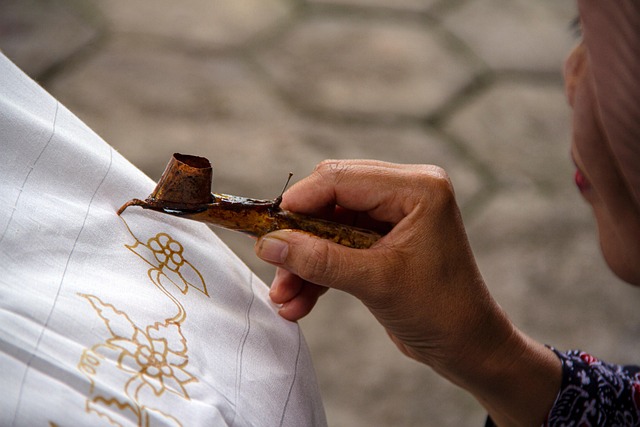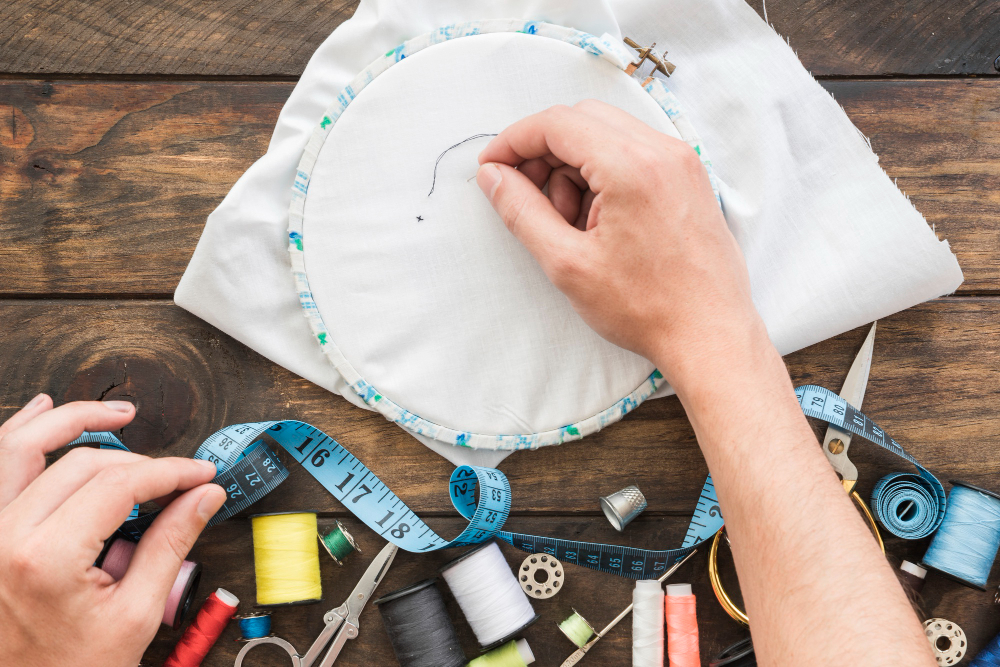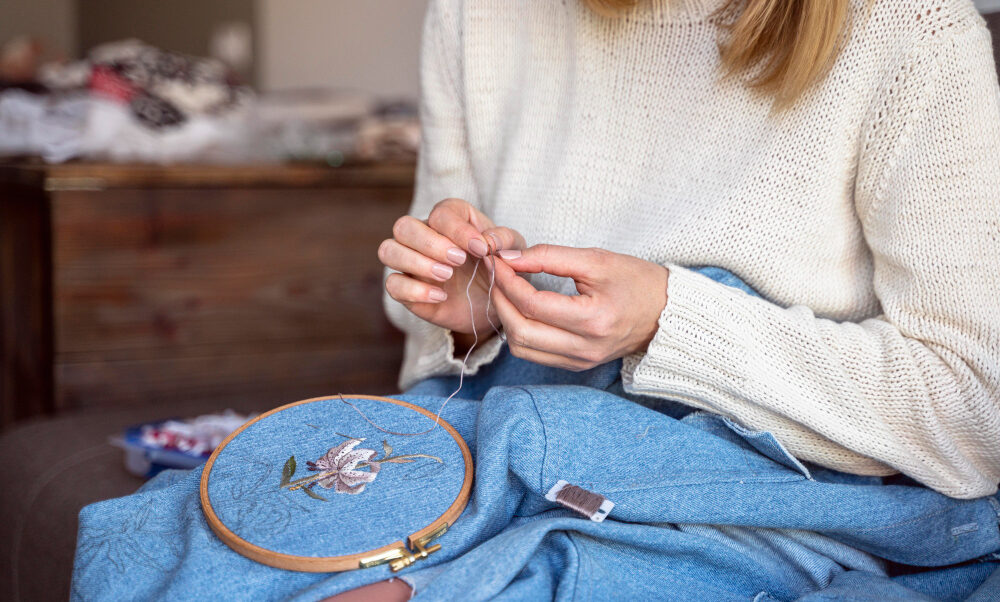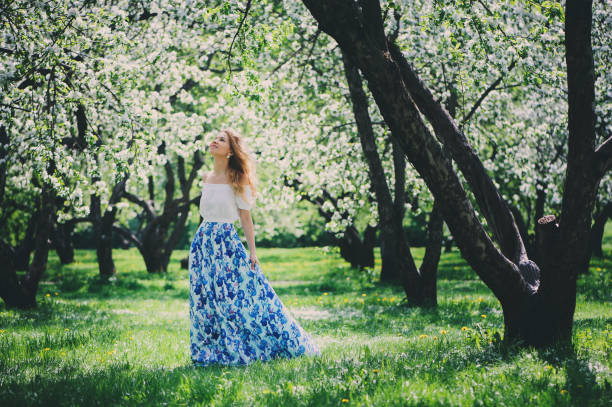Introduction to Cloth Cross Stitch
Cloth cross stitch is more than just a craft; it’s a form of self-expression that has captivated hearts for centuries. This delightful pastime combines artistry with tradition, allowing creators to transform simple fabric into stunning designs using nothing but needle and thread. Whether you’re an experienced crafter or a curious beginner, the world of cloth cross stitch awaits with endless possibilities.
Imagine transforming your favorite patterns into vibrant pieces that tell a story or evoke cherished memories. Each stitch is not just about filling in space; it’s about creating something unique, personal, and timeless. As we delve deeper into this enchanting art form, let’s explore its history, benefits, and everything you need to embark on your own stitching journey!
The History and Evolution of Cloth Cross Stitch
Cloth cross stitch dates back to ancient times, with roots tracing to the Middle Ages. It began as a practical way to repair worn fabrics and gradually transformed into an art form.
Originally, pieces were simple and functional. They adorned everyday items like clothing and household textiles. As time progressed, intricate designs emerged, often reflecting cultural symbols and personal stories.
The Renaissance marked a significant leap in cross stitch artistry. Patterns became more complex, showcasing scenes from nature or religious themes. This period also saw the rise of printed patterns made accessible to broader audiences.
By the 18th century, embroidery schools flourished across Europe. Women gathered to share techniques while creating stunning works that would become family heirlooms.
In modern times, cloth cross stitch has experienced a resurgence thanks to online communities sharing innovative ideas and designs that blend tradition with contemporary flair.
Benefits of Practicing Cloth Cross Stitch

Practicing cloth cross stitch offers numerous benefits that go beyond just creating beautiful art. One of the most significant advantages is its ability to reduce stress. The rhythmic motion of stitching can be meditative, helping you unwind after a long day.
Additionally, this craft enhances focus and concentration. As you follow patterns and count stitches, your mind engages fully in the task at hand. This mindfulness aspect promotes relaxation while sharpening cognitive skills.
Cross stitch also fosters creativity. You have the freedom to experiment with colors and designs or even create personalized pieces for loved ones.
Moreover, it’s an excellent way to develop fine motor skills. Each stitch improves hand-eye coordination and dexterity over time.
Completing a project brings immense satisfaction; there’s nothing quite like seeing your vision come to life through needlework.
Essential Tools and Materials for Cloth Cross Stitch

To embark on your cloth cross stitch journey, gather a few essential tools. A good pair of scissors is crucial for cutting threads cleanly. Opt for small, sharp ones that can navigate tight spaces.
Next, you’ll need an embroidery hoop. This tool keeps your fabric taut and makes stitching easier. Choose one that fits comfortably in your hands.
Thread selection plays a vital role too. Cotton floss comes in various colors and is the most popular choice for beginners. Don’t forget to pick up a needle with a large enough eye to accommodate multiple strands of thread.
Consider using an organizer or storage box for your materials. Keeping everything neat ensures you’re ready to create whenever inspiration strikes without wasting time searching for supplies. With these tools at hand, you’re well-equipped to dive into this timeless art form.
Step-by-Step Guide to Starting Your First Project
Starting your first cloth cross stitch project is easier than you might think. First, choose a simple pattern. Look for designs that are beginner-friendly with clear instructions.
Next, gather your materials. You’ll need fabric, embroidery floss in various colors, and a needle. Don’t forget to have scissors handy for trimming threads.
Once you’re set up, begin by preparing the fabric. Secure it in an embroidery hoop if possible. This keeps the fabric taut and makes stitching more manageable.
Thread your needle and tie a knot at the end of the thread. Start from the back of the fabric to hide any loose ends as you begin stitching.
Follow your chosen pattern carefully, making sure each stitch is even and consistent. Take breaks when needed; enjoy every moment as creativity flows through your hands!
Creative Ways to Use Cloth Cross Stitch in Home Decor
Cloth cross stitch transcends traditional wall art. It’s a versatile craft that can breathe life into your living space.
Consider creating unique throw pillows. A simple design on fabric brings warmth and personalization to your couch or bed.
Another idea is to embroider framed pieces for an eclectic gallery wall. Mix sizes, colors, and patterns to create visual interest that reflects your style.
You can also enhance everyday items like table runners or napkins. Adding subtle cross-stitched accents elevates dining experiences with handmade charm.
For the more adventurous, try stitching directly onto canvas bags or tote bags. These functional pieces become statement accessories while showcasing your artistic flair.
Don’t forget about seasonal decor! Cross stitch holiday ornaments add a personal touch to celebrations and make cherished gifts for loved ones.
Conclusion:
Cloth cross stitch is more than just a hobby; it’s an expression of creativity and tradition. Each piece tells a story, weaving together history, culture, and personal flair.
The act of stitching can be incredibly therapeutic. It’s a chance to slow down in our fast-paced world and focus on the simple joys of creation.
Whether you’re crafting gifts for loved ones or decorating your own space, this art form has endless possibilities. The patterns you choose reflect your personality and style.
As communities around cloth cross stitch continue to grow online and offline, it’s clear that this timeless craft will live on. Embracing both old techniques and modern designs ensures its place in today’s artistic landscape.
So pick up your needle and thread! Dive into the vibrant world where fabric meets imagination.
FAQ‘S
Cloth cross stitch is a captivating art form that has stood the test of time. Below are some frequently asked questions to help you dive deeper into this creative hobby.
What materials do I need for cloth cross stitch?
To get started, you’ll need aida cloth or other fabrics suitable for embroidery, embroidery floss in various colors, a needle specifically designed for hand sewing, and scissors. Having an embroidery hoop can also be helpful to keep your fabric taut while you work.
Is cloth cross stitch difficult for beginners?
Not at all! Cloth cross stitch is quite beginner-friendly. The basic stitches are easy to learn and can be practiced on small projects before moving on to more complex designs.
How long does it take to complete a cloth cross-stitch project?
The duration depends on the complexity of the design and your skill level. Simple patterns may only take a few hours, while intricate ones could take weeks or even months.
Can I wash my finished cloth cross-stitch piece?
Yes! Most finished pieces can be washed gently by hand with mild soap and then air-dried. Just make sure you follow specific care instructions based on the materials used.
Are there online communities where I can find support or inspiration?
Absolutely! There are numerous forums, social media groups, and websites dedicated to crafting enthusiasts like yourself. Engaging with these communities will provide inspiration and tips from fellow crafters around the globe.
Exploring cloth cross stitch opens up new avenues for creativity and relaxation. Whether you’re creating beautiful works of art or simply enjoying some quiet moments with needle and thread, this timeless craft offers something special for everyone interested in diving into its rich tapestry.




